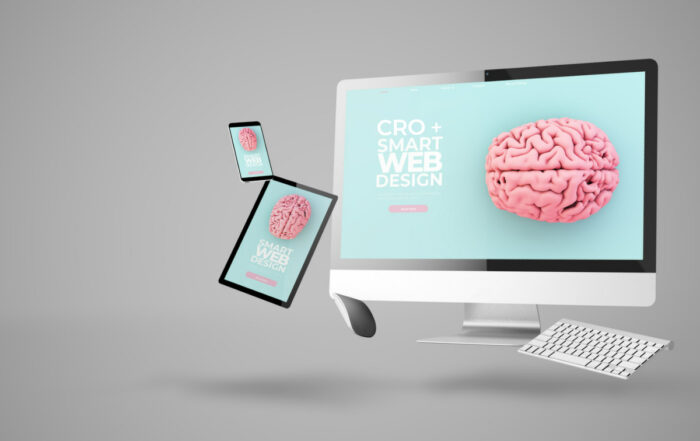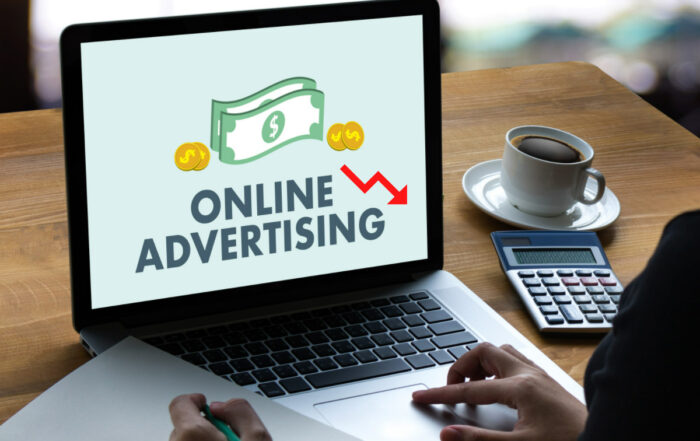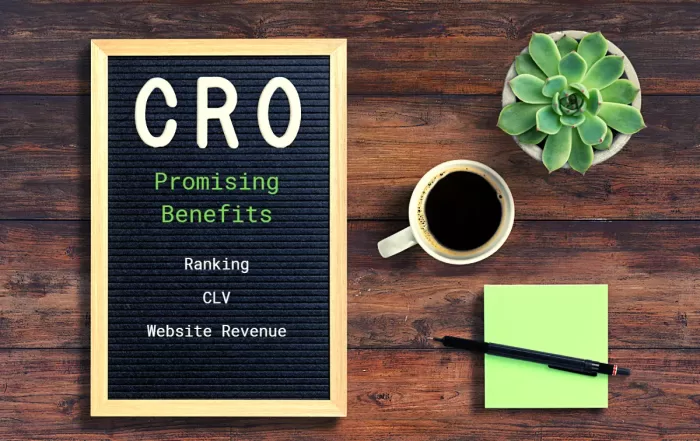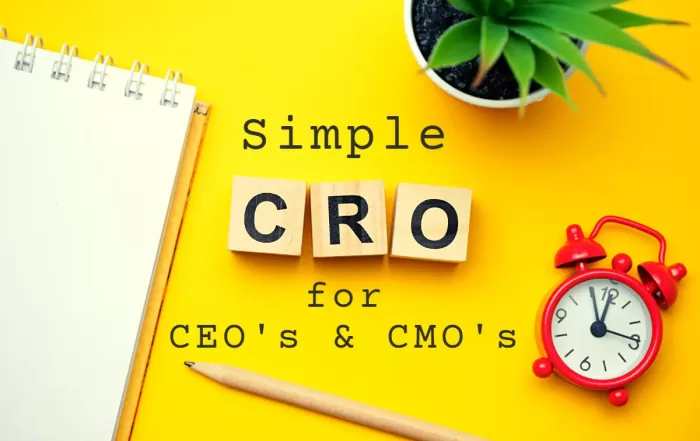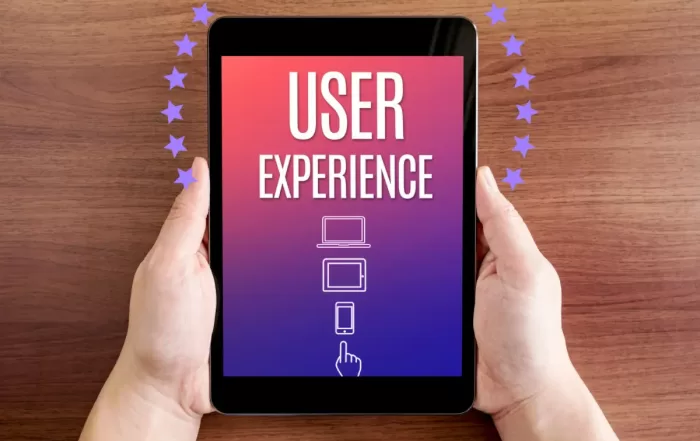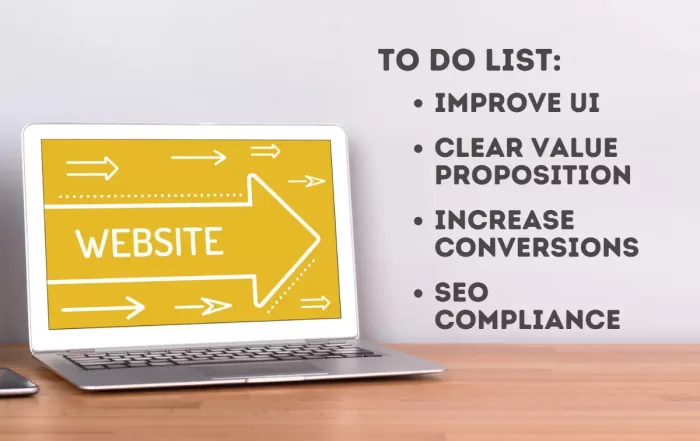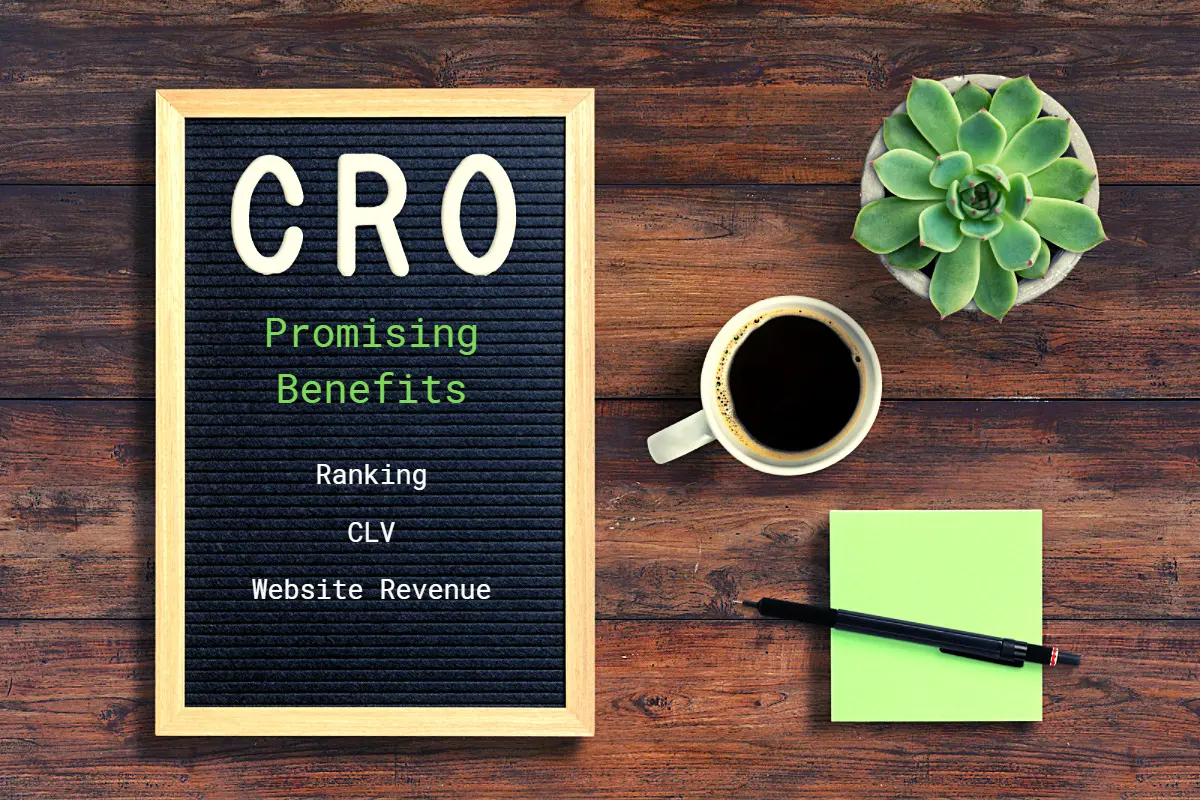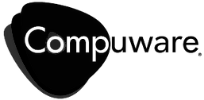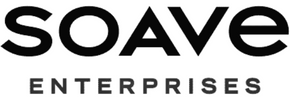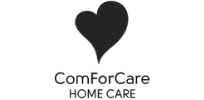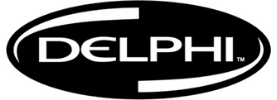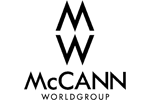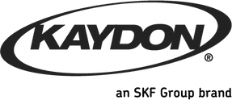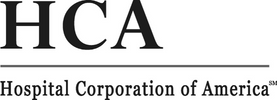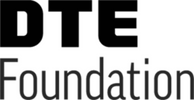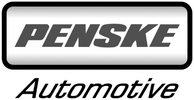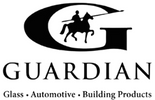

Q&A – Why You Need a Budget for Conversion Rate Optimization (CRO)
For business owners, increasing their website traffic used to be like the gold medal win in the Tokyo Olympics was for Sydney McLaughlin—incredible and ultra-rewarding for all her hard work. That’s not the case anymore! In the current virtual landscape, conversions significantly outrank impressions as an indicator of online success. And, just like Sydney, if you want success you have to invest in doing things that directly help you achieve it. That means investing in real conversion rate optimization (CRO) strategies, rather than just aiming to get visitors.
Q: What is a Conversion in Marketing?
A: A “conversion” in web marketing terms happens when a visitor to your website takes an action that you want them to take. This could be providing their contact information, signing up for email marketing offers, or even making an actual purchase.
The average landing page conversion rate is 2.35%, while the top 25 landing pages convert at 5.31%! That’s more than double the conversions (and by association, sales and potential revenue) that you could achieve if you can get to that level.
Q: Why Does Investing in CRO Add Value?
A: Investing in CRO makes sense for several reasons, including the fact that paid advertising gets more expensive by the month. SEO becomes more competitive and unpredictable with every algorithm update, and if your competitors are converting more traffic than you are, you’re falling behind.
Ergo, by paying attention to—and investing in—CRO, you’ll increase sales and revenue, improve your website users’ experience, and make the traffic to your site count for more.
Q: How Much Should You Budget for CRO?
A: Deciding how much you should spend on CRO depends on your annual revenue and your total marketing budget. In 2017, Econsultancy reported that for every $92 spent on acquiring prospects, only $1 was spent on converting them.
If you have a landing page with a conversion rate of 10%, spending to improve conversions will generate a higher yield from the page. Yes, you’ll have to budget for your CRO activities, but the returns will pay for themselves and typically have a longer, more profitable lifespan.
Q: What Does a CRO Budget Cover?
A: Ok, hopefully by now you’re convinced you need to allocate funds to CRO. However, if you aren’t spending the money on improving SEO or extra PPC campaigns, what exactly will you use it for? Three of the main components of conversion rate optimization are:
Investing in quality content:
Nobody wants to buy from a company whose website contains shoddy, irrelevant content. It’s a sure-fire way to chase visitors away. Research shows that personalized, quality content helps attract and engage the right audience, build awareness and trust, and steer users towards taking action on the site.
Creating a powerful user interface (UI):
Visitors need to be able to follow the order of your website without difficulty. Make sure your website is visually appealing, the order of information is logical, navigation options are unambiguous, and progression through the site is intuitive based on the target audience’s needs. Communicate your unique value proposition clearly and make the conversion options easy to use.
Improving your calls to action (CTAs):
The best calls to action are brief phrases with strong verbs that speak directly to your visitor. CTAs are key elements of every landing page that guide users in the direction you want them to go. They make it clear to customers what action to take next, and help to reduce friction in moving through the sales funnel. By reducing confusion, they improve the user experience, too.
Your budget will also need to cover website analytics and reporting, and there’s immeasurable value in having someone knowledgeable interpret the data for you.
Q: What ROI Will You Get from CRO?
A: Estimating the financial return on investment from any marketing activity before the fact is seldom an exact science. There are a lot of variables that go into determining the conversion ROI from a campaign, but the benefits (in principle) are pretty obvious:
- More new customers
- A higher number of sales
- Increased revenue
- Lower customer acquisition cost (CAC)
- Better profitability
- Stronger business intelligence
- Improved understanding of your audience and their needs.
Setting aside a budget for CRO can make a dramatic difference to the value your digital marketing delivers. Stop spending on marketing campaigns and discover how conversion rate optimization can revolutionize your marketing strategy.
Ready to get to work?
Fill out the form below to start your customized CRO program today.
Catch-up on our other articles about Conversion Rate Optimization:
…and find more from our “Learn from the Pros” webinar series on the CRO topic.

